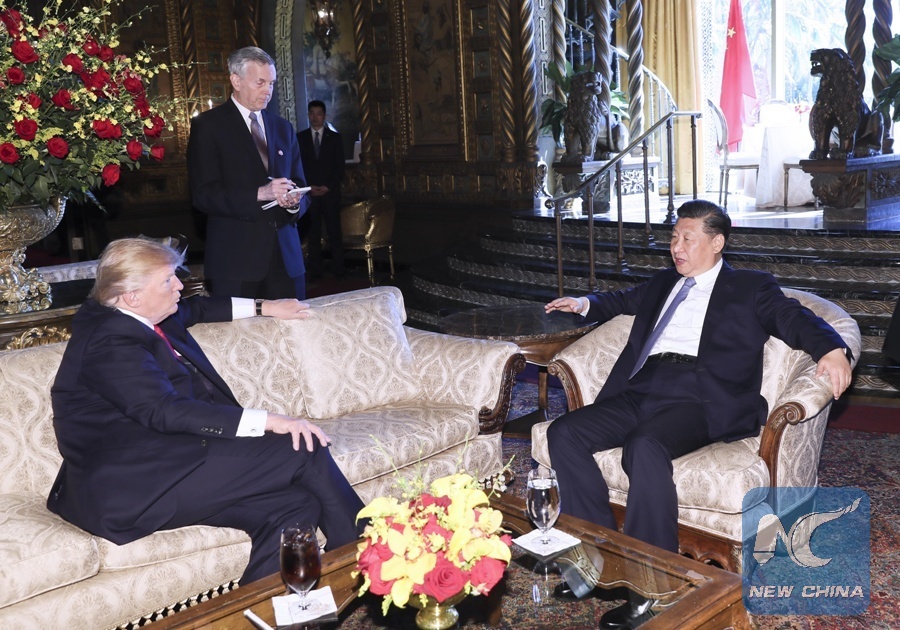
Despite restraints that were seemingly placed on President Donald Trump after the U.S. midterm elections handed him a Democrat-controlled House of Representatives, the consensus amongst commentators inside and outside the U.S. is that policy towards China is not going to change. This is reflected in the speech given by Vice President Pence in October; a manifesto for a new mood towards America’s largest economic competitor. The message is clear enough: economic strength does, and always will, have political and military implications. The Chinese issue therefore is not just about accommodating power that operates on mercantilist and, in Pence’s view, asymmetrical and self-interested principles. The era of U.S. generosity to everyone is over and we are now in the period of perpetual competition.
In this context, it will take more than a bit of renegotiation and some retooled trade deals to return relations to the more positive balance they were in for most of the last two decades. For the U.S., although the awareness of this issue has come late, it is not so much that their diversified economic engagement with China has not led to political reform and change, but more that China has proved far more adept a technological and industrial actor than was ever expected.
Regarding China, the notion of many outside observers since the 1980s Reform era was that because of its fragmented, uneven, and often inefficient structure, with high state interference and a stifled market, China would never fully succeed and would need to confront complex political reform to take its economic development to the next level. At that point, liberal multi-party democracy would be the country’s natural choice.
That has clearly not happened. In fact, under Xi Jinping, China has made leaps and bounds in terms of diplomatic confidence and domestic innovative capacity while its political system has never looked more entrenched. Even Chinese academics and other domestic observers are surprised that such an autocratic style of leadership, with aspects that hearken back to the Maoist era, has proven so easy to implement and expand.
If this kind of politics is hard to understand for some Chinese, then it has proved doubly hard to accept for key constituencies in the U.S. There, the disappointment of seeing a country boldly and unapologetically continue with its Communist one-party system with little effective expression of dissenting opinions, is only compounded by the fact that this nondemocratic system is making them richer, militarily stronger, and geopolitically more influential.
To add insult to injury, China has declared a `Made in China 2025’ program, which is geared toward removing whatever residual reliance the country may have on the outside world. According to Nikkei Asian Review, by 2018, China had already reached number two, only second to the U.S., in terms of International Patent Applications, Superconductor Calculation Speed, number of Supercomputers owned, and number of companies undertaking research on artificial intelligence. Sceptics can continue to pour doubt and scorn on whether closing this gap is possible, but with the record China has built over the last three decades of proving the naysayers wrong, the correct posture would be patient observation rather than outright dismissal.
In its characteristically crude and indelicate way, the Trump presidency has made the strategic calculation that China’s technological ascendency and the greater economic power it yields must be dealt with now. This means that even if some ‘deal’ to address the trade deficit is announced (something the Chinese have indicated they want very much), the underlying structural problems in the relationship will not vanish. The crucial issue is that many in the U.S. are simply not prepared to consider a world in which they are no longer, at least in economic terms, number one. This desire to stay on top motivates the actions of the Trump administration, and provides critical domestic support while U.S. allies lie in wait.
The response of partners like the EU Chamber of Commerce to the grand claims that Xi Jinping made at the huge Import conference in Beijing in early November about encouraging more inward trade and buying more from the world apart from commodities and energy, is likely to be the new normal - “This constant repetition,’ they stated, ‘without sufficient concrete measures or timelines being introduced, has left the European business community increasingly desensitised to these kinds of promises.’ Trump’s stance has emboldened world leaders to openly state their suspicions and concerns. And the friendly rhetoric from Beijing will no longer be enough to placate them.
This is a difficult situation to resolve. Xi cannot inhibit Chinese aspirations without endangering his government or his country’s stability, but it is unlikely that Trump will fully relinquish America’s global prominence, despite his policies that initiate retrenchment from global governance. Global leadership has now become part of the country’s identity. At best, we are in an era of attritional conflict, in which the two powers manoeuvre and manipulate around the delicate situation they are in, avoiding direct clash, but experiencing deeper and wider rifts in the relationship. Deng Xiaoping wisely stated that for intractable issues, like Taiwan, the government had best leave them to a future time when a solution might appear. This may be the best approach for the U.S. and China today, because at the moment there are no easy answers to the questions they are posing to each other – and there won’t be any time soon.
